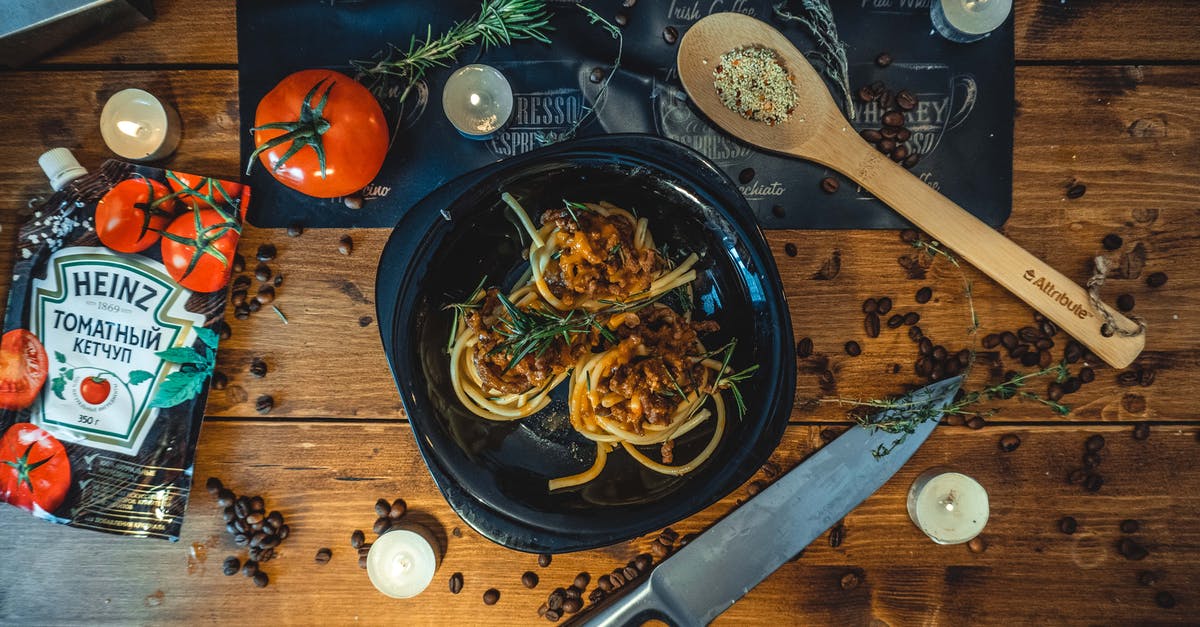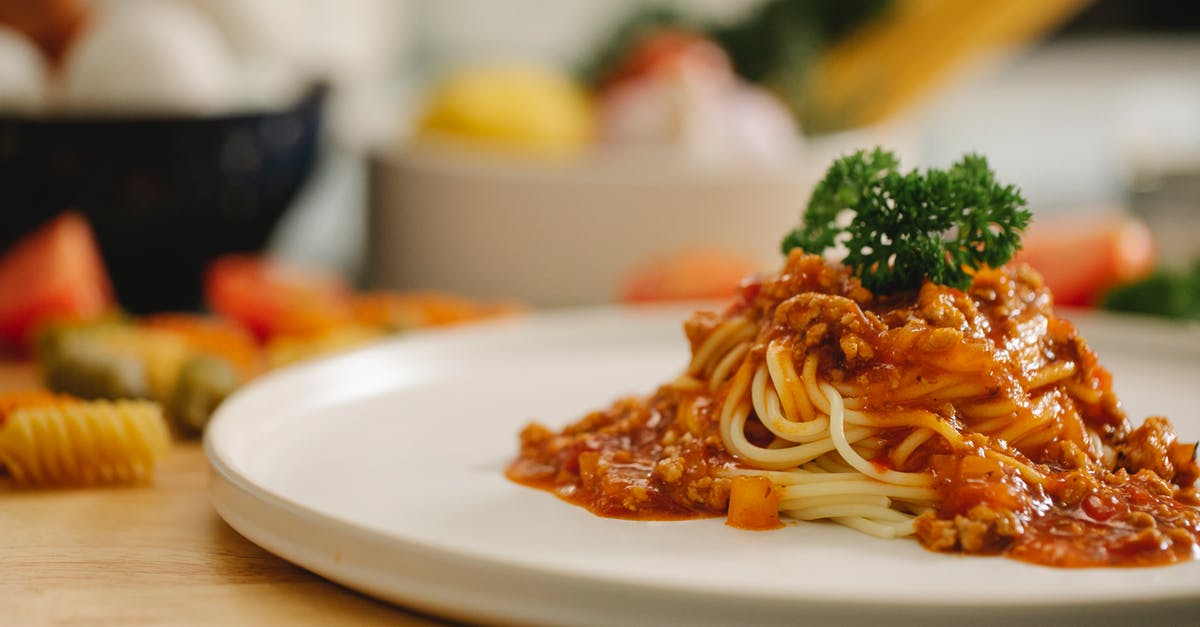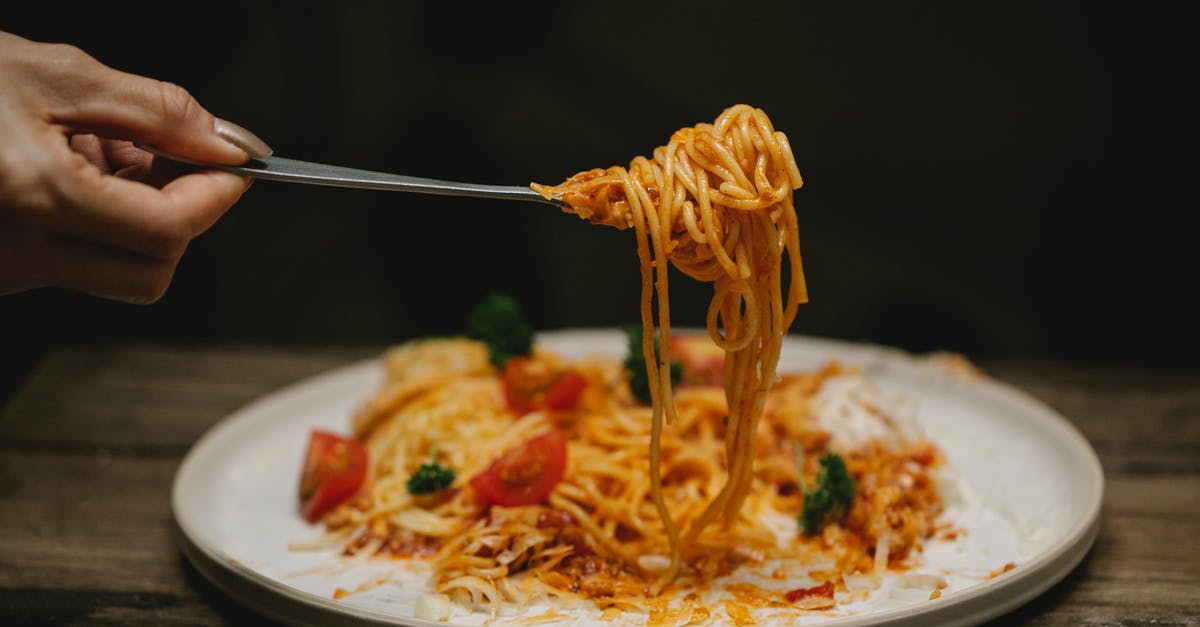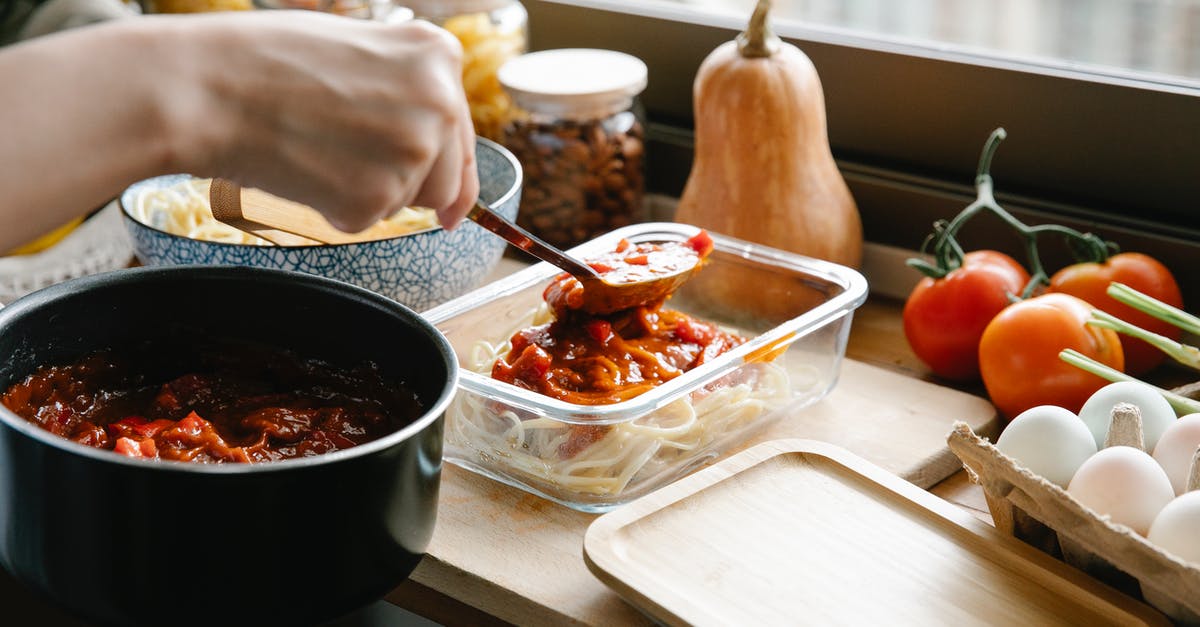Key ingredients for classic Sauce Bolognese (Ragù Bolognese)?

What are the ingredients, both main and optional, for a classic Ragù Bolognese?
I tried getting an answer to this question. First I looked around this site. I found one question about a "secret ingredient", a specific question about the type of meat, and a good question about flavoring the sauce with spices. I also tried making my search query more specific, but no dice.
After that I looked at Wikipedia's Ragù Bolognese article, which does contain a certain list:
- Ground meat (beef or veal, sometimes pork)
- Onions
- Celery
- Carrot
- Tomato paste
- Wine
This is only a basic list, e.g. Pancetta's missing, even though it's mentioned in most recipes. Other recipes ranked highly in Google (bonappetit.com, foodnetwork.com, epicurious.com, and for fun BBC even chips in etc.) mention several others as well:
- Regular olive oil
- Extra-virgin olive oil
- Butter
- Tomatoes (fresh, or more often: tinned or "tin crushed")
- Pancetta (sometimes even bacon, but I guess that's just a inferior alternative?)
- Wine (both Red and White get mentioned)
- Stock (beef, chicken, as well as veal get mentioned)
- Ground pepper (usually black, sometimes white)
- Milk
- Garlic
- Cloves
- Basil
- Bay Leaves
- Oregano
- Parseley
- Nutmeg
- Sugar
- Cinnamon
A certain related site also has a similar question that lists a subset, but without any references, explanation, historical background, or whatsoever.
So, to reiterate, my question is: what are the ingredients for Bolognese sauce? What are the staple ingredients, and what are the additions made by chefs over the years?
Best Answer
Italy is very protective of its food heritage and there are many examples of recipes being officially codified by various authorities, e.g, the EU designation, Traditional Speciality Guaranteed, was applied to pizza margherita in 2009 and strictly mandates the ingredients that may be used.
The recipe for Ragu alla Bolognese doesn't have the weight of the EU behind it but in 1982 the Bolognese chapter of the Accademia Italiana della Cucina did produce an official version and it is on their website, unfortunately only in Italian. Using Google translate you can see that the required ingredients are:
Lean minced beef, pancetta, carrot, onion, pureed or peeled tomato, dry white wine, whole milk, beef broth, olive oil or butter, salt, pepper, cream
I'll leave the translation of the instructions as an exercise for the reader lest I be accused of posting a recipe. ;-)
Pictures about "Key ingredients for classic Sauce Bolognese (Ragù Bolognese)?"



What is the secret ingredient in Bolognese?
If you are missing an umami note, it's possible you are missing a very common ingredient in bolognese - chicken livers. These give a meaty, almost sweet flavour. Soak them in water for a few minutes, then finely chop or pulse in a food processor. I use minced (ground) pork, beef and chicken livers.What defines a Bolognese sauce?
Bolognese is a kind of rag\xf9 (the Italian word for meat sauce), original from Bologna, Italy. It's very different from your usual American meat sauce, often a tomato-based sauce simmered with ground beef. Bolognese is much thicker, creamier (milk is one of the ingredients) and with just a touch of tomato.What is the difference between ragù and Bolognese?
Ragu is thicker than other sauces, and while other variations of ragu such as Ragu alla Napoletana use red wine, Bolognese uses white wine. 3. Other ragu sauces use it for spaghetti pasta, but Bolognese uses it with wider-shaped pasta like lasagna because the thick sauce blends better with wider-shaped pasta. 4.How do you make a good Bolognese?
How to make your spaghetti Bolognese taste even betterHow to Make AUTHENTIC BOLOGNESE SAUCE Like a Nonna from Bologna
More answers regarding key ingredients for classic Sauce Bolognese (Ragù Bolognese)?
Answer 2
@Stefano's answer is obviously the accepted one, linking to the thing closest to being an official recipe. I still want to add an alternative answer though, that includes some empirical evidence. It combines the results from recipes highly ranked by Google with the ingredients from that official recipe.
After gathering the recipes (and assigning the "official" source double score), I've ranked the ingredients based on appearance. Here are my findings.
Must Haves:
- Onion
- Carrot
- Celery
- Ground Beef
- Tomato Paste
- Salt
- Pepper
Should Haves:
- Olive oil (usually extra-virgin, but the "official" source mentions regular oil)
- Pancetta
- Milk
- Ground Veal and/or Pork †
- Dry White Wine (incidentally recipes mention red wine instead)
- Beef Stock (incidentally chicken stock instead)
† The only ingredient not in the "official" source's recipe, that is found in most other recipes.
Honerable mentions:
- Cream (the only "official" ingredient not found in most recipes)
Ingredients usually not mentioned:
- Bacon (instead of pancetta)
- Tin crushed tomatoes
- Fresh tomatoes (never mentioned!)
- Sieved tomatoes
- Butter
- Cloves
- Bay Leaves
- Nutmeg
- Cinnamon
- Basil
- Oregano
- Parsely
- Sugar
- Garlic
You can easily check my findings in this document. A summary of the scores for all ingredients is as follows:
Ingredient Grouping Ingredient Summed Score
---------------------- ---------------------------- --------------
Onions Onions 9
Carrot Carrot 9
Celery Celery 9
Ground Meat Ground Beef 8
Tomatoes (processed) Tomato Paste 8
Salt Salt 8
Pepper Pepper 8
Bacon/Pancetta Pancetta 7
Dairy Milk 7
Ground Meat Ground Veal 5
Wine White Wine (dry) 5
Stock Stock (beef) 5
Ground Meat Ground Pork 4
Olive Oil Extra-virgin Olive Oil 4
Olive Oil Regular Olive Oil 3
Dairy Cream 3
Wine Red Wine 2
Stock Stock (chicken) 2
Garlic Garlic 2
Bacon/Pancetta Bacon 1
Tomatoes (processed) Tomatoes: Sieved 1
Tomatoes Tomatoes (tin crushed) 1
Wine White or Red (nonspecified) 1
Butter Butter 1
Cloves Cloves 1
Bay Leaves Bay Leaves 1
Nutmeg Nutmeg 1
Cinnamon Cinnamon 1
Tomatoes Tomatoes (fresh) 0
Stock Stock (veal) 0
Basil Basil 0
Oregano Oregano 0
Parseley Parseley 0
Sugar Sugar 0
Answer 3
If we forget for a second about the "official" codified recipe that has already been mentioned, we can try to think about the philosophy behind Bolognese sauce and this might lead us to the answer what are the key ingredients for this sauce. First of all this is something that you eat very often so it needs products that are readily available all year round and are more or less cheap.
Now what are the two most important ingredients of Italian cuisine - my opinion is that they are wheat and tomatoes. Wheat we've got already in the pasta so we're left with the tomatoes. Tomato paste is something that all Italian families prepare in the summer and have a huge stash in the pantry to last them for the entire winter. Another important part of the Italian cuisine is the so-called Soffritto - chopped onions, carrots and celery, used as a base for many stocks, sauces, soups and stews, similar to the french mirpoix.
This for me would be the second most important ingredient (or three ingredients to be pricise) as it's available all year round and cheap. The third ingredient would be the meat - beef or veal, it doesn't really matter for me, even if there's some pork in the mix, I'd still call it a Bolognese. The 4th ingredient would be extra virgin olive oil, cause we can't cook our veg without it and it adds flavor too.
And if I can pick one other ingredient that would be the wine, as it's also an important part of Italian culture and way of life. And I would put white wine in the summer and red wine in the winter. Now with these five ingredients only you can make a great Bolognese sauce, it will not be the best as we're lacking the pancietta or the beef stock, but still it will be very good and true to the original.
Sources: Stack Exchange - This article follows the attribution requirements of Stack Exchange and is licensed under CC BY-SA 3.0.
Images: Pavel Polyakov, Klaus Nielsen, Klaus Nielsen, Sarah Chai
